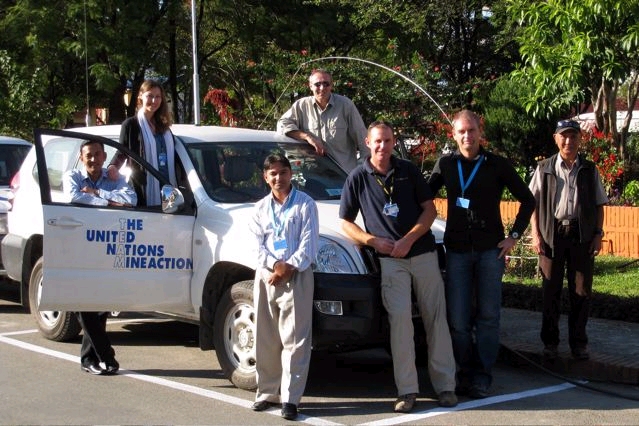13 March 2024

Steve
It felt strange to be walking along the same hiking trail tourists took to reach the Annapurna Circuit, a trek within the mountain ranges of central Nepal. While they turned left, me and my team went the other way towards the mine fields. In 2008, I took over the United Nations Mine Action Service (UNMAS) programme in Nepal.
At the time, it was part of a peace support mission. After the Nepali Civil War, a protracted armed conflict between the Government of Nepal and the Communist Party of Nepal — and its associated Maoist military organisation — each ‘side’ were to clear landmines and destroy explosive remnants of war. As part of the peace agreement, the Maoist military were to destroy their stock of improvised explosive devices and components and, at the same time, the Nepali military were to clear around fifteen mine fields, which they had laid during the ten-year conflict.
Initially, when I arrived, a commercial demining company had been contracted to clear the mine fields. I knew that the Nepali army were very well trained, so we got agreement from my boss in New York to develop the capacity of the Nepali military to clear the mine fields. As the peace process moved on, the mine action team transitioned out of the peace keeping mission and into the UN country programme.

This transition led to a UN first — UNMAS and UNICEF in Nepal joined forces, forming UNMAT Nepal ‘United Nations Mine Action Team’. You can see the UNMAT logo in photograph of our car, a fun relic from the first and I think the only time a UN mine action team had been branded. Together we achieved what had to be done. It was Christmas eve 2009 when I got the message from one of my team members to tell me that they had destroyed the final IED components, followed by the news a couple of years later that all minefields had been cleared.
#TogetherAgainstMines
